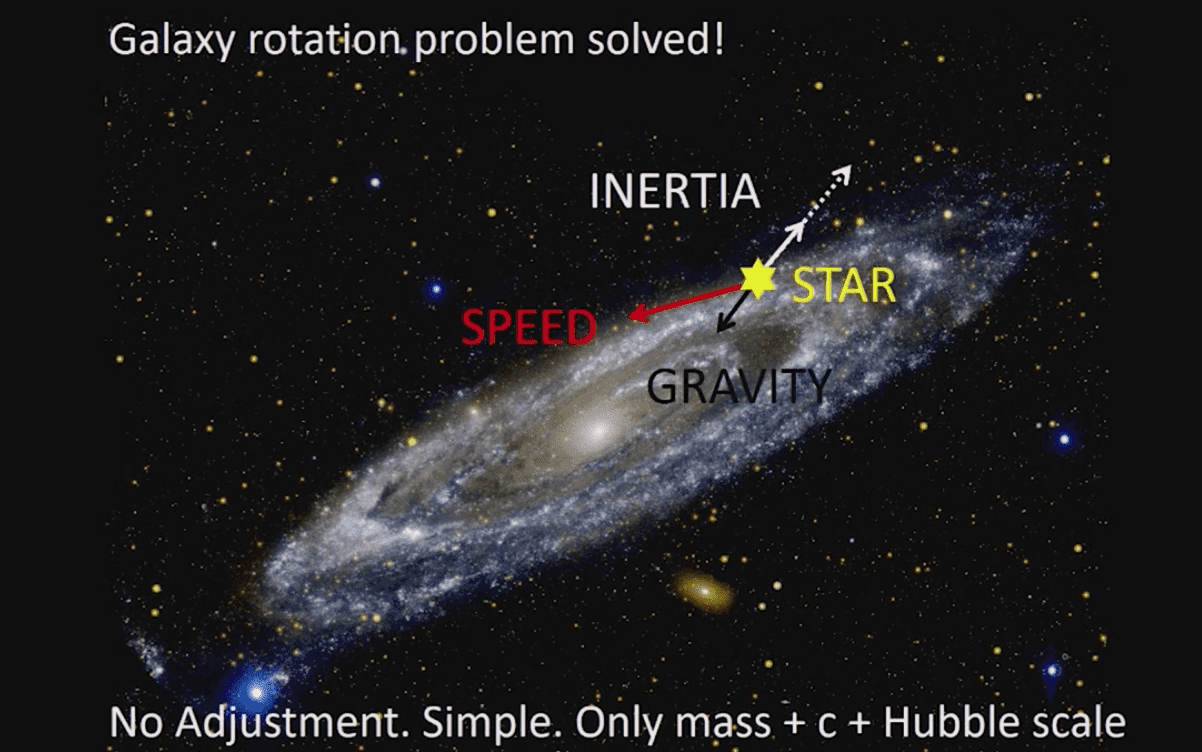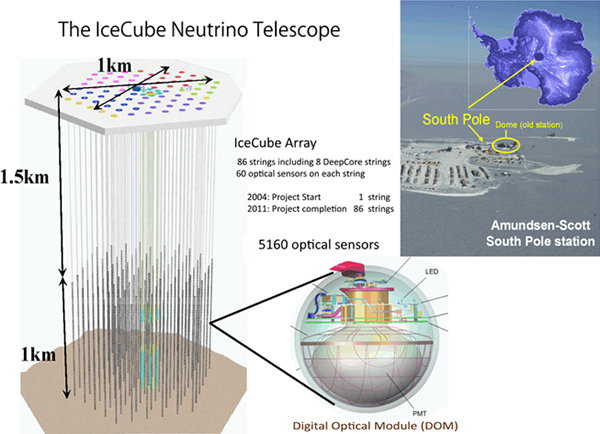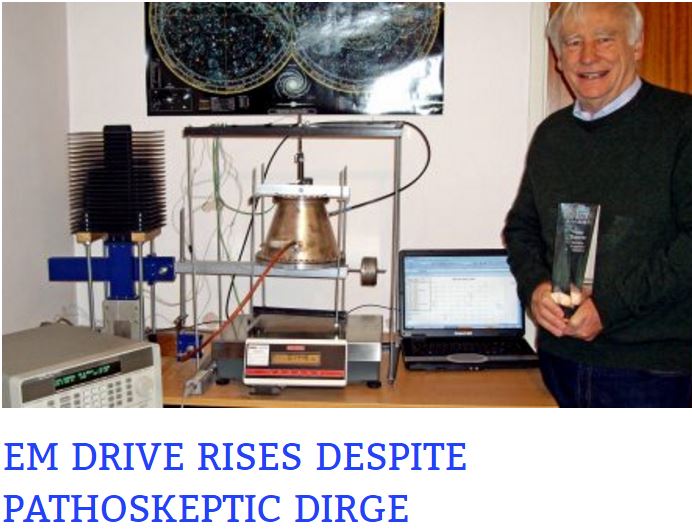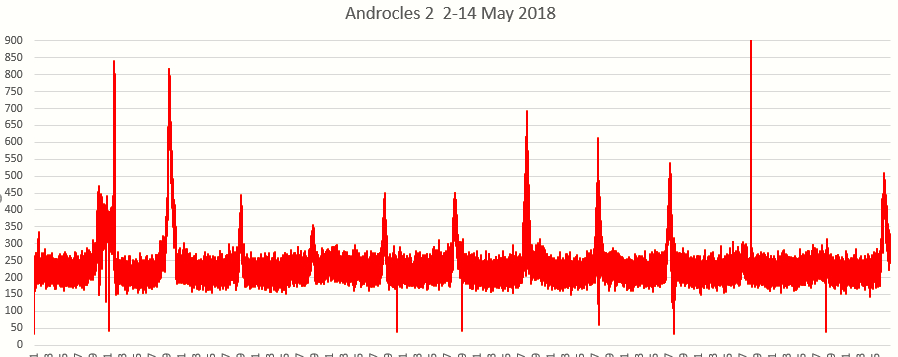
Deadly? Effects Of Cosmic Rays On The Standard Model
Recurring Here-to-fore Unknown Cosmic Rays
From Antarctica To England When Data Speaks Glass Ceilings Begins To Crack
Catch A Cosmic Ray, Put It In Your Pocket, Save It For A Rainy Day
Lessons from the cosmos
There is a pernicious behaviour that is characteristic of mankind. Once some, perhaps most, males begin to attain the pinnacle of their professions they start to wall off their domain against the competition. The number one trick of this trade is to create a glass ceiling between the lofty and their lessors in the form of a glass ceiling. That glass ceiling is invisible to those climbing towards the pinnacles and it is not until they get very near to the top do they notice that the way up is blocked by that usually impenetrable glass.
The world of science is one of the domains where such barriers are so prominent they attain the designation of being dogma, laws of physics. The standard model of physics is just such a barrier that has remained largely impenetrable to new ideas for decades. Above the glass ceilings the vast majority of scientific funding resides. Below only table scraps fall. But it is not by billions but brilliance and often bull-headiness that science advances.
Has everything that might be discovered already been discovered

I remember when I was but a boy my mother dancing in the kitchen while listening to this song. I never thought I would indeed catch a falling star some 60 years later. Click to listen to the inspiration for a life in science.
There are three (at least) recent sets of data that have riveted my attention of late. In each, the data is speaking far more effectively and profoundly than the dogma of the standard model of physics. This is very good news for explorers, especially young explorers, seeking to understand the nature of the universe, it is atom-ecology as I like to call it. Ecology because that is what we call ultra-complex realities as opposed to reductionist notions.
Cosmic Rays Beneath The Ice
One of these discoveries is reported from Antarctica where a giant array of radiation detectors are located is a source of startling new data. Beneath the ice of Antarctica occupying a cubic kilometer of clear ice are thousands of simple detectors, like the ones I use daily in my own explorations, frozen in place waiting and watching for cosmic rays. The expected rays this giant detector has been focused on are neutrinos, tiny subatomic cosmic rays almost perfectly undetectable.
Above the cosmic ice laboratory fly giant balloons carrying similar cosmic ray detectors. The above and below detectors capture cosmic rays and because of their wide separation and one being in dense ice and the other in thin air they are able to both catch the presence and direction of origin of the fleeting cosmic rays. Thousands of man years of work has gone into and goes into, the building and operation of these frozen machines in and above the most remote location on earth.
Now there is news that twice since March 2016 these Antarctic machines have caught glimpses of cosmic rays that simply cannot exist according to the standard model. The cosmic rays have flown through the twinned detectors not from above, but from below. These rays have traveled all the way through the earth coming from the far side of the universe. They aren’t neutrinos. Nothing in the ‘standard model’ can explain such cosmic rays, or nothing so far explained.
There is no explanation in the standard model for these captured cosmic rays. Combining the IceCube and balloon ANITA data sets researchers calculated that, whatever the particle is that is shooting up from the depths of the South Pole, it has much less than a 1-in-3.5 million chance of being part of the Standard Model. (In technical, statistical terms, their results had confidences of 5.8 and 7.0 sigma, depending on which of their calculations you’re looking at.)
Cosmic Rays And Warp Drives
The idea of a new space drive that might allow travel to the stars is bringing the science fiction dreams of space travel down to earth. For a decade or more UK engineer Roger Shawyer has shown the data from his EM drive that appears to yield thrust without expelling any sort or rocket exhaust. It is powered by microwaves trapped in a closed metal cone with no means of escape. The waves bounding back and forth between two ends of the closed cone is sufficient to make it into a ‘space drive’. NASA and many other labs around the world have rushed to replicate his EM drive.
The EM drive may be explained by Quantized Inertia, the imagined description of how waves can provide thrust by being trapped between two reflectors/horizons. Dr. Mike McCulloch, from Plymouth University, has just received financial support from the US Department of Defense who are betting he can refine his ideas, mathematics, and deliver key ideas to contribute to building a new space drive, Mike calls it a ‘Horizon Drive’ a much better name I think.

No ‘standard model’ Dark Matter needed to be proven by simple QI mathematics that works at galactic scale. – Click to read more
A key part of Quantized Inertia theory is that the ‘dark matter’ that is so prevalent in the Standard Model is proven to be a fictitious cheat that is completely unnecessary in the universe at both cosmic and atomic scales. When applied down to the tiny atom-ecology domains we see atoms assemble themselves into all of the elements of the Universe. To do this energy needs to be aggregated in some as yet unclear fashion and Quantized Inertia might just be part of the answer to that quandary. Studying the tiny ecology of atoms leads us to begin to discover that nucleo-synthesis, aka cold fusion, is not something unique to the astronomically large but occurs right under our noses.
Catch a Cosmic Ray, and Put It In Your Pocket, Save It For A Rainy Day.
From my own physics laboratory bench in an old milking shed in farm fields of East London comes another cosmic mystery. This past spring I began assembling new experiments to test whether nuclear fusion reactions that are found in the sun and stars and beyond might be created/assembled at a micro/atomic scale. Something small enough to put into your pocket. The idea is that ultra-dense hydrogen/deuterium the smallest atoms in the known universe might be placed into an exotic crafted environment that is uncommonly found in most of the universe.
In this new ecosystem, a new level of atomic diversity will show their star-power behaviour. But this ecosystem and its atoms exist in both particle and quantum states simultaneously. In doing so they can ignore our here-to-fore human perceptions of what the laws of our physical universe seem to be. Perhaps this state is a multi-dimensional world where things are well beyond our normal 3 dimensions, even beyond the added 4th dimension, that time adds to the equation. In yet to be fully understood magnetic dimension energy can spread itself thin across space-time.
Evidence for such distribution of nuclear energy across space-time is vital to allow for cold fusion to exist. Nuclear fusion is so energetic that in normal space it always results in massive energetic radiation. No radiation, no fusion, the standard model has proclaimed. But the question is not only where the radiation is from in cold fusion, but when and in what form it appears. But even invoking higher dimensional effects to explain cold fusion some tiny remnants of common radiation ought to be seen.
Exciting
In this exciting experiment, a steady state low-level of enhanced gamma rays is the signature of the active meta-material. But for a time, some many weeks, every day strange cosmic rays shone onto the tiny experimental core that was no larger than a few grains of rice. Nothing in the book of the standard model could explain the clearly cosmic origin daily rays that were captured by the tiny cold fusion fuel pellet(s) triggering many hours of gamma radiation many times that of the background. With that precession of the earth’s orbit over the course of weeks, the source of the cosmic rays passed out of line with the cold fusion reactor and its gamma rays settled down to its more normal steady state lower level of activity (still well above background.)

A tiny Atom-Ecology cold fusion reactor tube. Able to catch cosmic rays, put in a pocket, and save the world from the deadly emissions of the fossil fuel age.
While the daily catches of cosmic rays were astonishing and exciting often in the dark of night other cosmic rays found their way to the same experiments. While not so perfectly timed with the angle of the sun as the daily mystery rays the night brings its own definitive bursts of anomalous stimulated gammas. The reveal themselves in a manner that offers hope to their origins as they point to directions to other stars than our own as part of this cosmic dance.
The same atom-ecology fuel is now loaded into dozens of reactor tubes and a new array of experimental beds/tube furnaces has been readied for study. October should be a golden month in terms of putting this new practical and ready cold fusion fuel through its paces. The array may not be as large as the ICE Cube in Antarctica, the world’s most voluminous cosmic ray detector, nor is it as supremely sensitive as the giant detectors at CERN. But where we don’t match up in measured size our results outshine them all.
This getting to be fun. Read more about the plan for the next few months in “Have Fusion Will Travel.”


